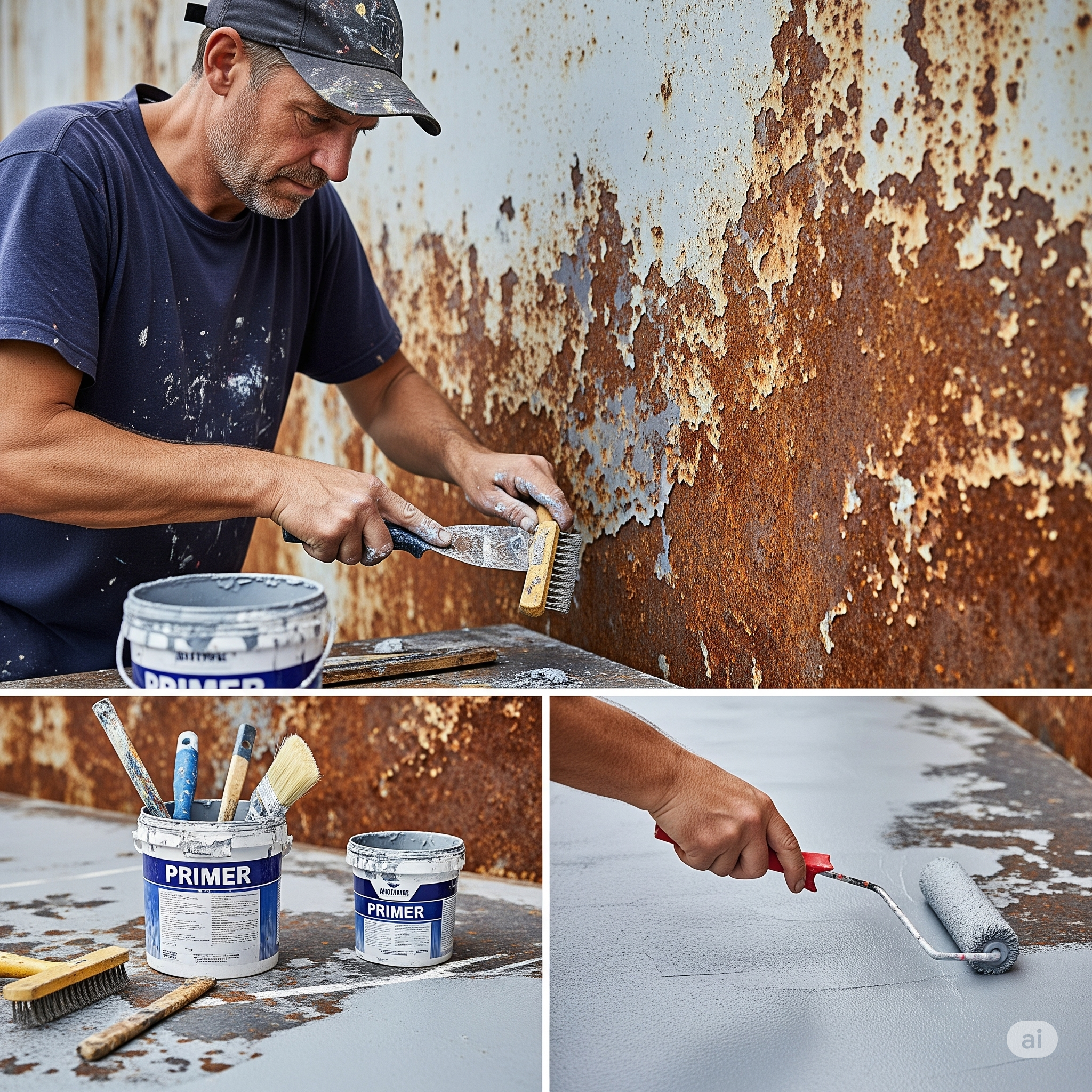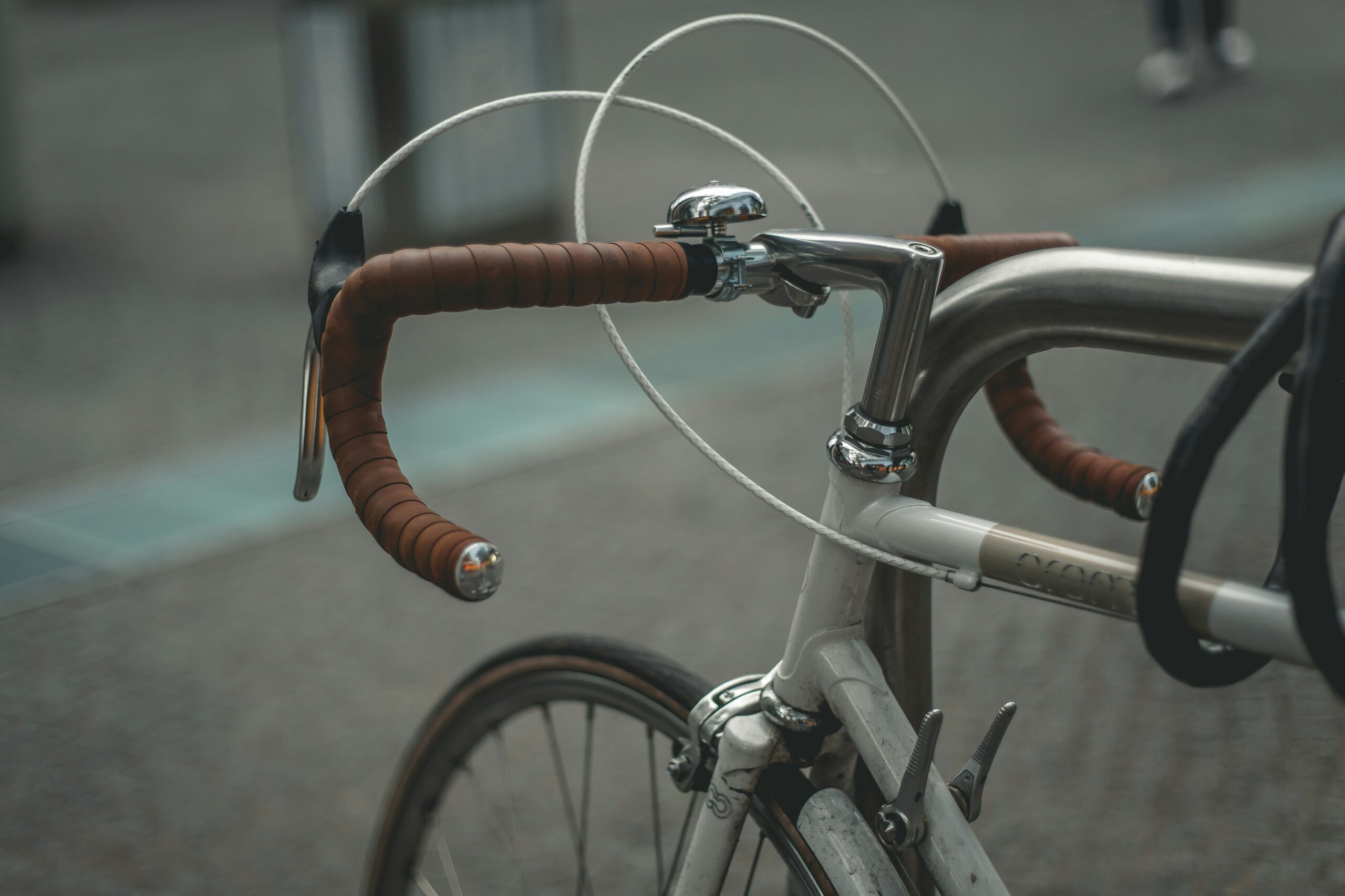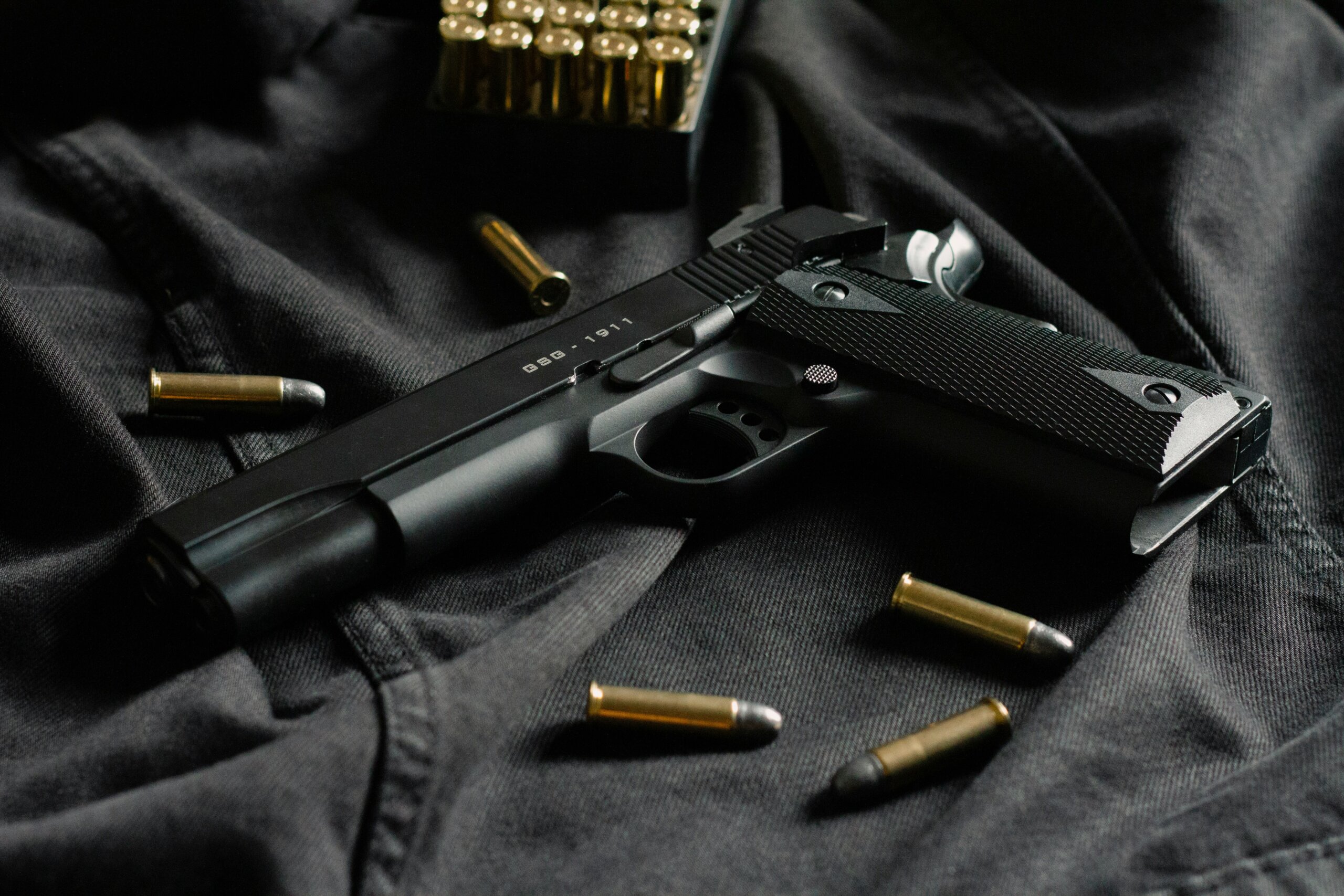What is cold galvanizing and why should you care
Cold galvanizing protects metal with zinc without the need for hot dip galvanizing. We show how it works and when it pays off.
Galvanizing is a proven way to protect metal surfaces from corrosion. When you say "galvanizing", most people think of massive metal structures immersed in a hot bath of molten zinc. But this method, while extremely effective, is not always practical or affordable. That's where cold galvanizing, also known as cold galvanizing, comes in - a technology that allows you to protect metal with zinc in the form of a coating or spray, without the need for heat, complicated tools or a specialized workshop.
Rustbreaker Zinc Primer products, available on the COLORIT e-store, are an example of a modern cold galvanizing solution that combines ease of use, high zinc metal content and long-term resistance to moisture, salt and chemical loading.
What is cold galvanizing
Cold galvanizing is the anti-corrosion protection of metal surfaces using a coating that contains a high percentage of pure zinc. This zinc forms a layer on the surface of the metal that works both ways - it protects the substrate not only mechanically like a conventional paint, but also electrochemically, as the zinc itself corrodes instead of the base metal (the principle of so-called cathodic protection).
Unlike hot-dip galvanizing, where the part must be immersed in molten zinc at temperatures of around 450 °C, cold galvanizing is carried out under normal conditions using a brush, roller or spray.
Advantages over conventional galvanizing
Cold galvanizing is not a substitute for hot dip galvanizing in all situations. However, in normal practice it has a number of advantages:
- Easy to apply even at home or in the workshop - no special technology or high temperatures are required
- Immediate application even in hard-to-reach areas - ideal for repairing welds, edges, joints or damaged areas
- Lower costs and greater flexibility - no transport and production pauses compared to hot-dip galvanizing
- Combination with other layers - Zinc Primer can act as a base layer under varnish or paint
Rustbreaker Zinc Primer contains up to 95% zinc metal on a dry basis, which is key to providing electrochemical protection. This is a difference to conventional "silver paints" which often contain more aluminium or alloys and only act as an optical finish.
When cold galvanizing is not suitable
Although Cold Galvanizing has many advantages, there are situations where it is not the best solution. For example, where the metal is continually subjected to mechanical friction, abrasion or high stress, a layer of zinc paint may fail faster than conventional hot-dip galvanizing. Also, where extremely long-term protection is required without the possibility of regular maintenance - such as columns in direct contact with salt water, underwater structures or bridge girders - it is preferable to choose more durable corrosion protection methods, typically hot-dip galvanizing or duplex systems (zinc coating). It is also not suitable for use on surfaces that cannot be properly prepared - for example, if the surface is greasy, extremely corroded or porous and cannot be thoroughly cleaned and degreased.
Use in practice
The zinc primer is primarily intended for:
- steel structures and railings
- machine frames, agricultural machinery
- tanks, staircases, racks and beams
- automotive repairs, vehicle undersides, car bodies
- repair work after welding or cutting
The surface to be treated must be dry, free of rust and grease. The use of a wire brush or sander is recommended, followed by thorough degreasing with a technical cleaner. The spray should be shaken for at least two minutes, applied from a distance of 25 to 30 cm in thin layers. Two to three coats are recommended for maximum effectiveness.
After drying (approx. 30-60 minutes), additional protective layers can be applied over the Zinc Primer - for example, acrylic lacquer if a colour finish is required.
Case application: garage doors and welds
A typical example of a cold galvanizing application is the repair of the bottom edges of sheet metal garage doors where there is increased moisture and contact with the soil. After cleaning and deburring, Zinc Primer can be applied in two coats to protect the surface without welding or replacing any part of the structure.
Similarly, Zinc Primer is ideal for protecting welds and corners in metal construction. Where the original galvanic layer has been removed for welding, a cold galvanizing layer can simply be sprayed on to add corrosion protection without the need for electrolytic galvanizing.
Cold electroplating is a modern solution for anyone who needs to protect metal but does not have access to a fusion bath. Zinc primers from Rustbreaker, provide high zinc content, ease of application and long life. Whether you're working in an auto body shop, welding structures, or just renovating railings around the house, cold galvanizing is a method you should know and use.



